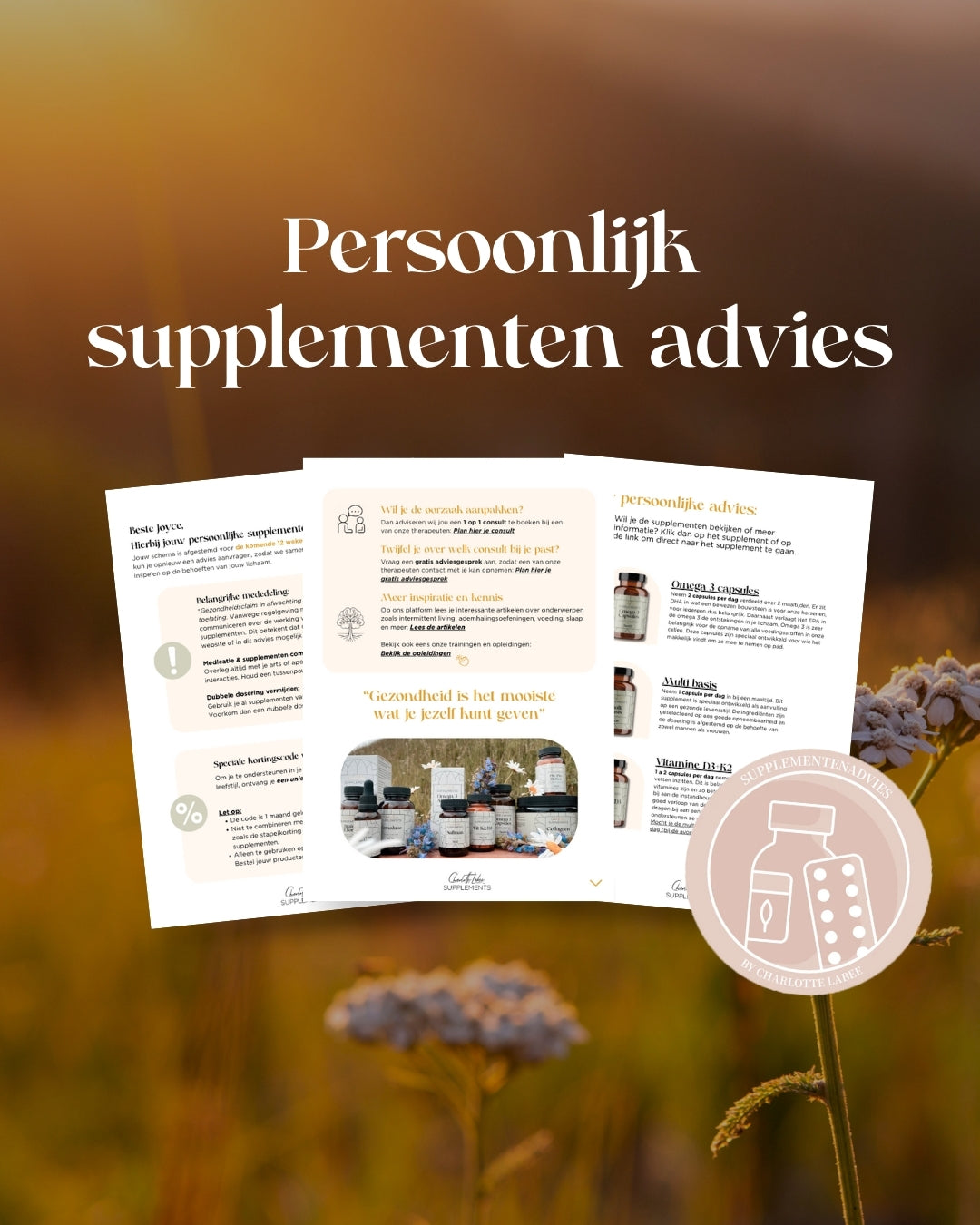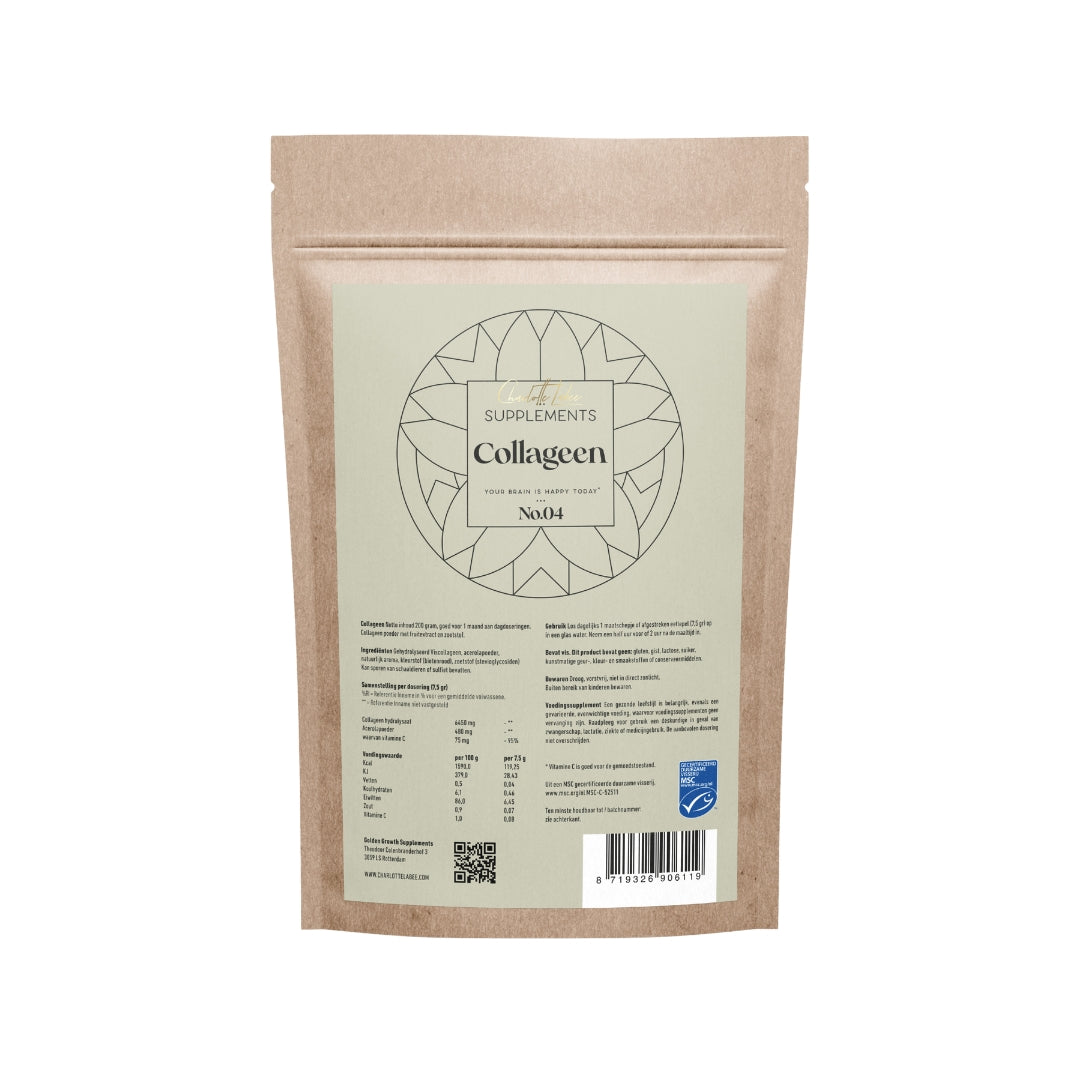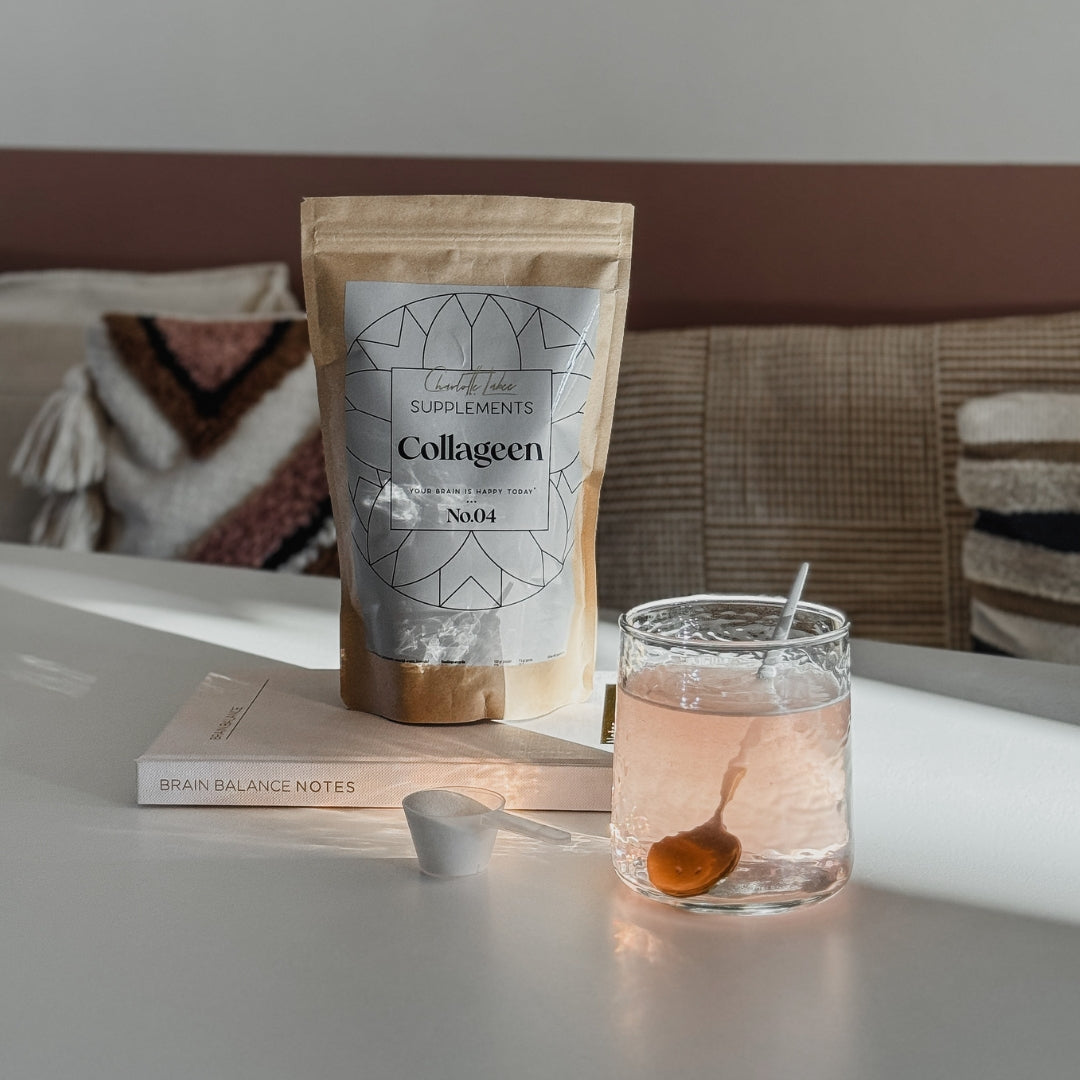Last van beschadigde nagels? Ze zijn niet alleen minder mooi om naar te kijken, maar kunnen ook betekenen dat je gezondheid in disbalans is. Of je nu last hebt van broze, gespleten of brokkelige nagels – elk type beschadiging vertelt zijn eigen verhaal.
Ontdek de verschillende soorten beschadigde nagels, wat de mogelijke oorzaken zijn en hoe je jouw nagels kunt verzorgen en versterken.
Wat zijn de meest voorkomende soorten beschadigde nagels?
Niet elke beschadiging ziet er hetzelfde uit—wat vaak ook betekent dat er een andere oorzaak aan ten grondslag ligt. De meest voorkomende types zijn:
- Broze nagels: Deze nagels voelen droog aan, breken snel af en kunnen dun aanvoelen. Ze missen flexibiliteit en splijten gemakkelijk.
- Gespleten nagels: Hierbij zie je vaak een horizontale of verticale scheur in de nagel. Dit kan pijnlijk zijn en wijst vaak op uitdroging of structurele zwakte.
- Brokkelige nagels: De nageloppervlakte is onregelmatig, en stukjes kunnen gemakkelijk afbreken. Dit zie je vaak bij langdurige beschadiging of nagelbijten.
- Slappe nagels: Deze nagels buigen makkelijk mee en voelen week aan. Vaak zijn ze overmatig blootgesteld aan water of chemische producten.
- Zachte nagels: Vergelijkbaar met slappe nagels, maar vaak veroorzaakt door een tekort aan belangrijke voedingsstoffen.
Herken je één van deze types nagelbeschadiging bij jezelf? Dan is het tijd om je nagels wat extra liefde en aandacht te geven, van buiten én binnenuit.
Wat zijn de oorzaken van broze of slechte nagels?
Er zijn veel mogelijke oorzaken voor broze, droge of splijtende nagels. Denk bijvoorbeeld aan:
- Voedingstekorten: Een tekort aan ijzer, biotine of vitamine B12 kan leiden tot broze nagels.
- Externe invloeden: Regelmatig contact met water, schoonmaakmiddelen of nagellakremovers zonder aceton geeft droge nagels.
- Overmatig vijlen of nagelbijten: Dit kan de nagelstructuur aantasten en leiden tot splijtende nagels.
- Hormonale schommelingen of medische aandoeningen: Zoals schildklierproblemen of bloedarmoede.
De oorzaak van slechte nagels is dus vaak een combinatie van interne en externe factoren.
Hoe zien gezonde nagels eruit?
Gezonde nagels zijn stevig, lichtroze van kleur met een glad oppervlak en een lichte glans. Ze breken niet snel en voelen veerkrachtig aan. Ongezonde nagels daarentegen zijn vaak dof, broos, zacht, gespleten of verkleurd. Door het verschil tussen gezonde en ongezonde nagels te herkennen, kun je sneller ingrijpen als er iets niet klopt. Ons lichaam vertelt ons namelijk altijd wanneer er vanbinnen iets niet klopt, en je nagels kunnen daar een heel duidelijk signaal van zijn.
Wat kun je doen om beschadigde nagels te herstellen en versterken?
Gelukkig zijn er veel manieren om je nagels te verzorgen en te versterken:
- Hydrateer regelmatig: Gebruik een voedende nagelolie of handcrème, vooral na contact met water of uitdrogende middelen.
- Eet nagelvriendelijk: Zorg voor voldoende inname van ijzer, biotine en eiwitten via je voeding.
- Draag handschoenen bij huishoudelijke klusjes om je nagels te beschermen tegen water en schoonmaakmiddelen.
- Gebruik eventueel nagelverharders, maar met mate. Kies voor natuurlijke formules zonder schadelijke stoffen.
- Ondersteun je nagels van binnenuit met supplementen die bijdragen aan sterke nagels. Denk bijvoorbeeld aan collageen, dat helpt bij het behouden van een stevige nagelstructuur, en silicium, een mineraal dat de opbouw van nagels ondersteunt.
Bekijk ook onze overzichtspagina met supplementen voor sterke nagels voor een compleet overzicht van producten die je hierbij kunnen helpen. Met de juiste verzorging en een beetje geduld kun je broze nagels herstellen en voorkomen dat je nagels verder afbrokkelen.








